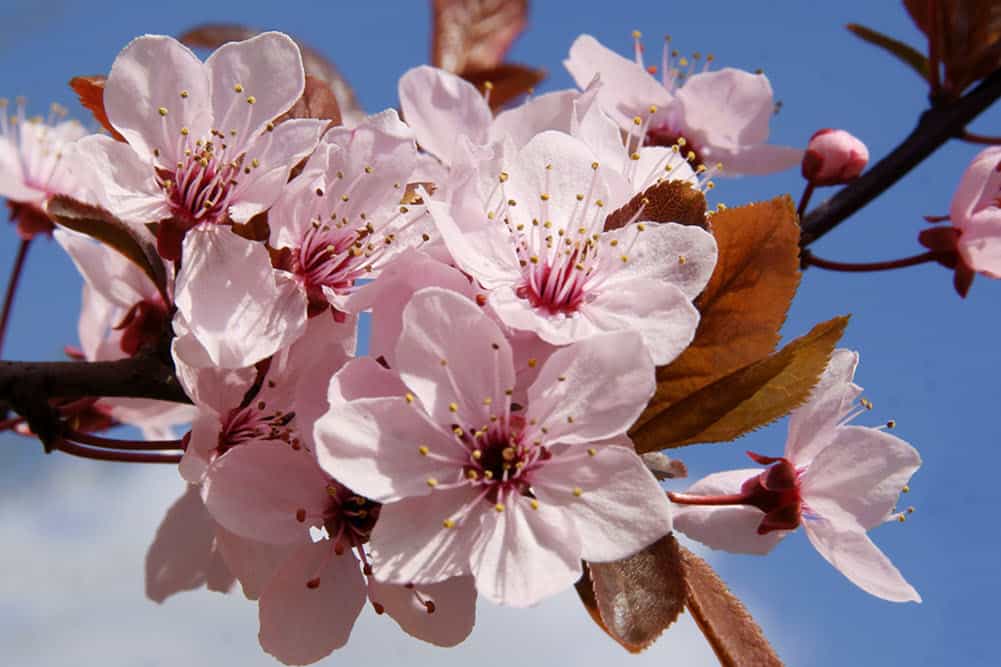Arbor Day in Pueblo: Planting a New Tree
In Pueblo, Colorado, you get to experience a strong tradition of celebrating Arbor Day. For over four decades, this tradition has involved communities coming together to recognize the value of urban forests and the broader environment.
This year’s event will occur at an elementary school in Pueblo and was brought to us courtesy of this article on Yahoo news.
Event Highlights:
This event is being conducted by the Pueblo Parks and Recreation Department.
Date and Time: April 18, 2 p.m.
Location: Columbian Elementary School, 1203 Palmer Avenue, Pueblo, CO.
The celebration concludes with a ceremonial tree planting at Columbian Elementary, enriching the school’s landscape with a new Flowering Crabapple tree.

A crabapple tree adds beauty and supports wildlife like birds and squirrels on elementary school grounds
Why a Crabapple Tree?
The tree to be planted at the school is a crabapple tree. Crabapple trees aren’t native to the United States, and they don’t appear on the list of Native Trees for Colorado Landscapes (from the Colorado State University Extension). But they do fit in well with the climate here in Pueblo.
Planting a crabapple tree can be a good fit for yards in Pueblo, Colorado, for several reasons:
Climate Compatibility – Crabapple trees are hardy and can thrive in USDA hardiness zones 4 through 8. Pueblo, Colorado, typically falls within zone 5b or 6a, making it a suitable environment for crabapple trees to grow.
Drought Tolerance – Once established, many crabapple varieties exhibit some level of drought tolerance, which is beneficial in the semi-arid climate of Pueblo, where water conservation is often a concern.
Ornamental Value – Crabapple trees are known for their beautiful spring blossoms, which can add aesthetic value to a yard (or an elementary school) with their vibrant colors. They also produce attractive fruit that can persist into the winter, providing visual interest throughout multiple seasons.

Crabapple Tree Blossoms in Springtime
Wildlife Attraction – The fruit of crabapple trees provides a food source for birds (like robins) and other wildlife (like squirrels), enhancing the biodiversity of the area around the school and offering natural pest control as birds also eat insects.
Manageable Size – Crabapple trees are generally small to medium-sized, making them suitable for yards where space might be limited – as well as crowded schoolyards. They can often be planted near power lines or close to structures without posing the risks that larger trees might.
More Than One Type of Crabapple Tree – There are numerous varieties of crabapple trees, some of which have been specifically bred for disease resistance and adaptability, increasing the chances of successful cultivation in the Pueblo area.
Low Maintenance – Groundspeople at the school won’t spend a lot of time maintaining the Crabapple tree once it has established itself. Pruning and occasional watering during extremely dry periods may be required, but that’s about it.
The 5 Most Popular Crabapple Trees
The Origins of Arbor Day
In the United States, National Arbor Day is typically observed on the last Friday in April. Arbor Day’s origins trace back to Nebraska. The idea was proposed by J. Sterling Morton, a journalist and politician originally from Michigan who settled in the Nebraska Territory. Morton, a lover of nature and a firm believer in the importance of trees for agriculture, economics, and the environment, felt that Nebraska’s landscape and economy would benefit from the widespread planting of trees.
The first Arbor Day was celebrated in Nebraska on April 10, 1872, thanks to Morton’s proposal to the State Board of Agriculture. The event was a resounding success, with an estimated one million trees planted across the state on that day.
The idea quickly spread to other states and countries, and Arbor Day became an enduring tradition dedicated to the planting and nurturing of trees, as well as raising awareness of the crucial role trees play in the environment.
Tree Services to Beautify Your Landscape
If you’re looking to beautify your landscape by adding, shaping or removing trees, consider these following tree services:
Stump Grinding – Completely remove old, ugly stumps and create room for planting a new tree or shrub
Tree Planting – Choose the right tree for your Pueblo yard. Get help from experts with tree selection and planting.
Tree Removal – Remove old or dead trees to make way for new landscaping installations and ideas
Tree Trimming and Pruning – Tree trimming and pruning is essential to keep your trees healthy. But did you know that in order to preserve the overall health of your trees and greenery, cutting of trees should only occur during certain months. And pruning should be done at a 45 degree angle to prevent damage to your tree.